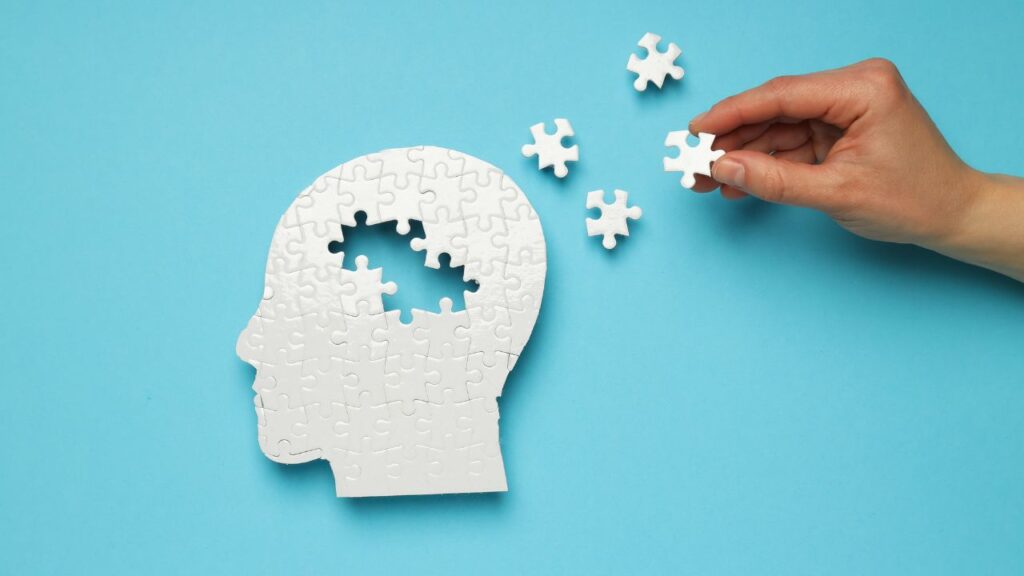AI’s Impact on Stroke Care
It is widely acknowledged that AI has the potential to improve stroke triage and treatment times by streamlining clinical workflows through mobile image viewing and care coordination. The past five years have seen a surge in the number of clinical AI vendors entering the market.
The field of AI in stroke and neurovascular care has become crowded, making it tempting to believe that all stroke triage algorithms are the same. So, what sets Aidoc apart from the rest? This real-life story from a respected institution clearly illustrates how AI is advancing stroke treatment and benefiting patients.
The Stroke Workflow Optimization Project
Ochsner LSU Shreveport, a trusted partner of Aidoc, sought to improve their stroke performance metrics. Aidoc collaborated with them to achieve these goals. Alongside implementing our AI solutions, we launched a Stroke Workflow Optimization Project led by our Solution Success Team, comprising experienced clinical experts in stroke care.
At Ochsner LSU Shreveport, our goal was to identify and address workflow inefficiencies using AI tools, ultimately improving stroke patient care. By utilizing Aidoc’s care coordination mobile app, we enhanced communication among care teams and optimized time metrics. Data analysis following the implementation of Aidoc’s AI system showed significant improvements in workflow efficiency.
Measurable Outcomes: Reduced Door-to-Puncture and Door-to-CT Times
After implementing Aidoc’s stroke solution and completing the workflow optimization project, Ochsner LSU saw a 34% decrease in door-to-puncture time, equivalent to a 38-minute reduction. Additionally, door-to-CT time decreased by 24%, or 7 minutes. These results highlight the impact of AI on workflow efficiency and patient outcomes.
The success of Aidoc’s solution emphasizes the importance of selecting the right vendor to optimize clinical outcomes. Future research should focus on incidental stroke findings, vessel occlusion locations, and the broader impact of AI on patient care in different groups.
The Significance of Time in Stroke Treatment
A 38-minute reduction in treatment time translates to saving 72.2 million neurons per patient. With the principle of “time is brain” in mind, where 1.9 million neurons are lost every minute a stroke goes untreated, every minute counts. This time-saving approach is not only crucial for Ochsner but also for the stroke patients who rely on timely care.
Abstract presented at SNIS 2024 Annual Meeting: Enhancing Stroke Care Efficiency Through Ai Vendor Transition: A Comparative Study Of Workflow Metrics Before And After Implementation. H. Chokhawala,, H. Cuellar, R. Shah, A. Savardekar; Louisiana State University Health Sciences Center, Shreveport.
Stroke solution is based on Aidoc’s AI Triage solutions in combination with Icometrix.


